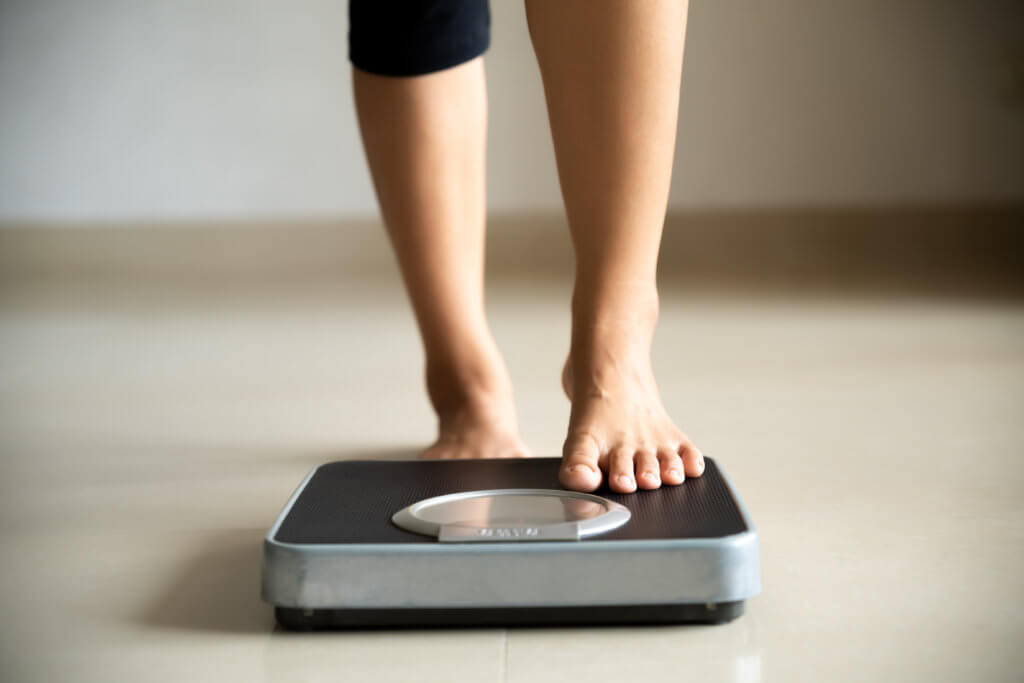ROCHESTER, N.Y. — Losing weight can feel like an uphill battle for anyone, but it can be especially difficult for those who are deaf or have other disabilities that limit their ability to participate in mainstream weight loss programs. However, researchers from the University of Rochester Medical Center (URMC) have found an innovative solution — a fitness program designed by the Deaf community for the Deaf community.
Results show the weight loss program called Deaf Weight Wise helped participants with hearing loss reach their weight loss goals.
“Having a Deaf-to-Deaf approach, in which the information is culturally and linguistically available to participants, helped because it created a new community of awareness of health issues and taking steps to improve health,” says study author Lori DeWindt, MA, a senior health project coordinator who is deaf and has been a part of Deaf Weight Wise from the beginning, in a university release.
After just six months, the team found that participants lost an average of 12.5 pounds. Moreover, 62 percent of them lost at least five percent of their baseline weight, which researchers consider clinically meaningful weight loss. Deaf participants in the control group only lost an average of five pounds during the same period, with only 18 percent reaching the clinically meaningful weight loss mark.
The program was adapted from an existing evidence-based weight loss program by URMC’s Rochester Prevention Research Center: National Center for Deaf Health Research (NCDHR) in partnership with the local Deaf community.
“Historically, public health research and programs are not accessible for the Deaf community,” explains Kelly Matthews, BSW, senior health project coordinator for the NCDHR and author of the study, who is Deaf. “NCDHR works together with communities to develop public health research, surveys, programs, and clinical trials that match the needs of Deaf communities.”

You might also be interested in:
- Over 90% of deaf people struggled to communicate during pandemic
- Genetic cause of hearing loss discovered, may lead to cure for deafness
- Best Weight Loss Programs: Top 5 Diets Most Recommended By Experts
How did the program work?
The clinical trial included 104 adult Deaf sign language users living in the Rochester metropolitan area with a body mass index (BMI) between 25 and 45, which translates to a range of overweight to obese according to BMI categorization. Of the total participants, 48 participated in Deaf Weight Wise right away, while 56 joined the control group, where they participated a year later.
The program encouraged participants to eat a healthy diet and get at least 150 minutes of physical activity weekly, with the goal of helping patients sustainably lose one to two pounds per week. Participants attended weekly group meetings for 16 weeks, which were led by Deaf counselors that encouraged social interaction and experiential learning.
“Deaf Weight Wise is very special and unique because we don’t have any hearing people presenting. We have trained Deaf counselors who lead our sessions and work with the participants,” says Earl Allen, BA, an NCDHR human subject research coordinator who is part of the Deaf Weight Wise team. “The information is not interpreted, but rather just straight Deaf-to-Deaf communication. Through that people are able to support each other and share experiences throughout the program.”
In the first 16 weeks, participants logged their food and fitness with diaries, and earned “Wise Bucks” for completing them daily. Participants could trade these in for items like yoga mats, blenders, or lunch boxes. Three and six months after the end of this session, participants had in-person meetings with their counselor to check their weight, review diet and exercise habits, troubleshoot issues, set goals, and create action plans to help them maintain their progress. Counselors also frequently checked in with participants via email and video calls during the six-month phase to offer support and guidance.
The program received an overwhelmingly positive response. While some people dropped out, DeWindt was surprised to see how many people stuck it out to the end, meaning their team is on the right track.
The NCDHR team is now working to expand the program, testing it in a wider age range and geographical region. It’s their hope that the program soon becomes widely available for people and that it becomes covered by insurance in order to maximize their reach and impact.
The findings are published in the journal Obesity.

